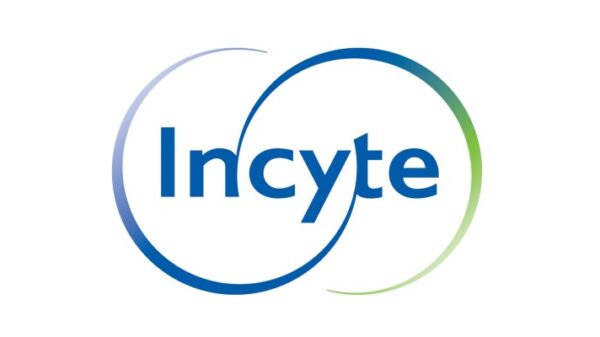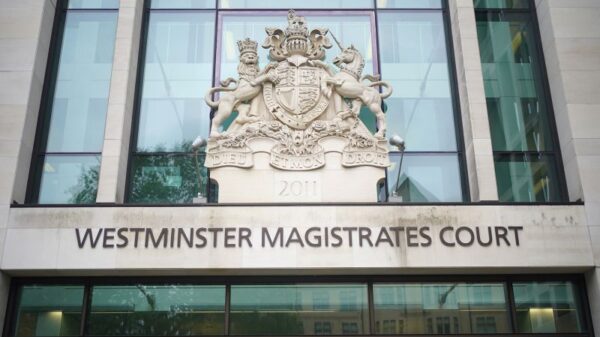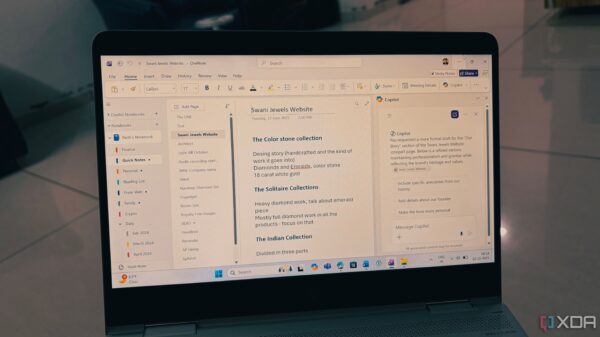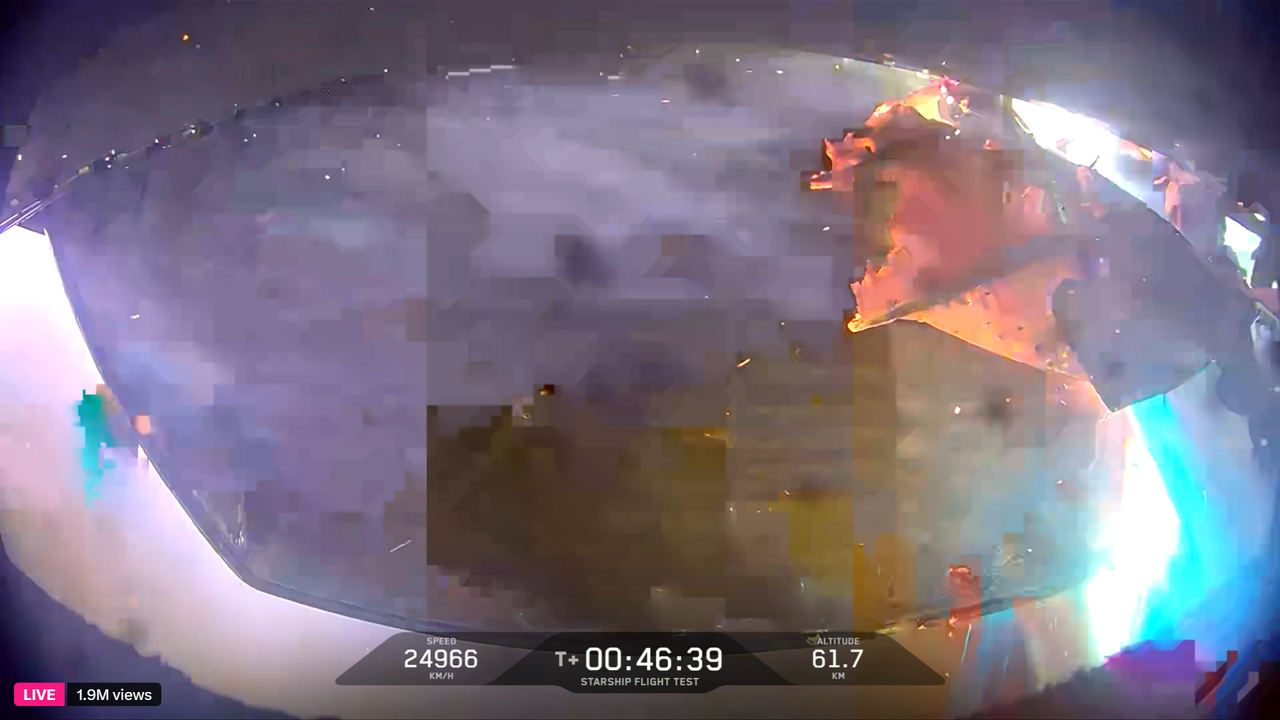SpaceX has received approval from the U.S. Federal Aviation Administration (FAA) to proceed with its Starship Flight Test 10 scheduled for this weekend, following the conclusion of investigations into failures during recent missions. The FAA’s clearance comes after a detailed assessment of the mishaps that occurred during Starship Flight 9, which launched on May 27, 2025, from SpaceX’s facility in South Texas.
The investigation revealed that both the Super Heavy booster and the upper stage of the vehicle experienced structural failures. This inquiry, led by SpaceX with oversight from the FAA and support from agencies including the U.S. Space Force and NASA, identified separate issues affecting each stage of the vehicle.
During the recent update, SpaceX also addressed another significant incident that occurred on June 18, 2025, when an explosion destroyed Ship 36 at one of the ground test sites. This explosion resulted in the loss of critical infrastructure as well. Throughout the year, SpaceX has launched three Starship flights, all of which faced challenges, including Flight 9, which failed to meet its main mission objectives.
Flight 9 initially lifted off successfully, marking the first reuse of a Super Heavy booster, designated as Booster 14. Following a clean separation from the upper stage, the booster attempted a controlled descent into the Gulf of Mexico. However, just over six minutes into the flight, it exploded approximately 1 kilometer above the water after a propellant line rupture caused by increased descent forces. SpaceX plans to adjust the descent angle in future flights as part of its strategy to mitigate similar issues.
After the booster separation, the upper stage, known as Ship 35, started its engine burn but encountered problems when onboard sensors detected a methane leak. Despite the vehicle’s systems compensating for pressure changes, the leak destabilized its control and thwarted planned in-space maneuvers. Ship 35 ultimately lost communication about 46 minutes into the flight as it descended over the Indian Ocean, where a controlled splashdown was anticipated.
The investigation into Ship 35’s issues revealed a failure in a gas diffuser designed to pressurize the main fuel tank. SpaceX has since implemented updates to the design, ensuring that newer versions can withstand rigorous testing, simulating ten times their expected service life.
In a subsequent incident, the destruction of Ship 36 during ground tests was attributed to a failure in a composite overwrapped pressure vessel (COPV) used for nitrogen storage. SpaceX identified undetected damage as the root cause of the explosion and has since revised its operating procedures, lowering pressure thresholds and improving inspection methods.
Despite these setbacks, SpaceX remains optimistic. The company asserts that every lesson learned is integral to the development of the next generation of Starship and Super Heavy vehicles. The upcoming Flight 10 and its successor, Flight 11, will be pivotal as SpaceX aims to refine its technology towards achieving fully reusable rockets.
Looking ahead, the urgency of these developments is underscored by NASA’s Artemis 3 mission, which aims to return astronauts to the Moon for the first time since 1972. NASA has selected Starship as the lunar lander for this mission, targeted for launch in 2027. Ongoing challenges in Starship’s development could raise concerns about meeting this timeline.
The FAA confirmed on August 15, 2025, that it accepted the findings from SpaceX’s investigation and noted that there were no reports of injuries or damage from the Flight 9 failures. With the green light from the FAA, SpaceX plans to launch Flight 10 during a window beginning on August 24 at 19:30 EDT (23:30 GMT). The launch will be streamed live on SpaceX’s website and other platforms, allowing enthusiasts worldwide to follow the mission.






































































